The easternmost edge of the Great Gobi Desert near Kulun Qi, Inner Mongolia
Please check out our PBase site for more images of Kulun Qi!
Kulun Qi, Inner Mongolia
In the spring of 2011, I had the unique pleasure of traveling to China's Inner Mongolia with our local chapter of Roots & Shoots. Spending several days in this amazing province with a couple dozen outstanding young students and colleagues was a special treat and a wonderful travel experience.
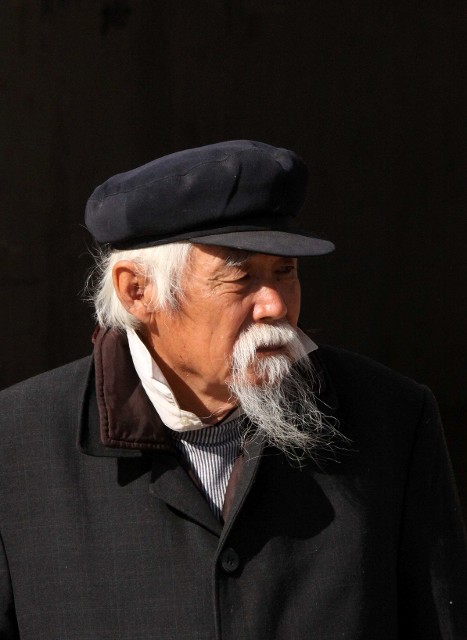
While traveling through the outback of Inner Mongolia on the way to our destination, I could not help but notice this spectacular man standing in such wonderful light. Beautiful.
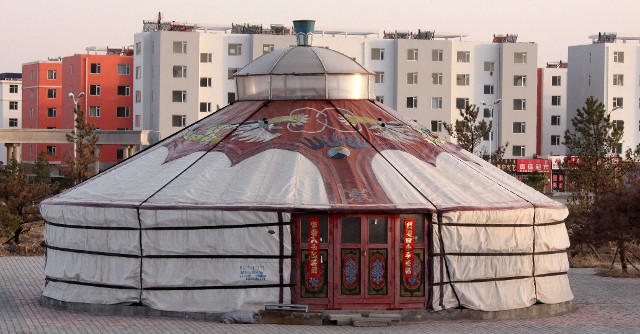
Kulun Qi, is one of the new megalopolises being built by China's central government all over China. Brand new buildings and massively wide boulevards in huge towns with a population that has yet to arrive. When I asked if the people were really going to come, the answer was always, "of course they will come."

Scenes of Kulun Qi town...
The Desert
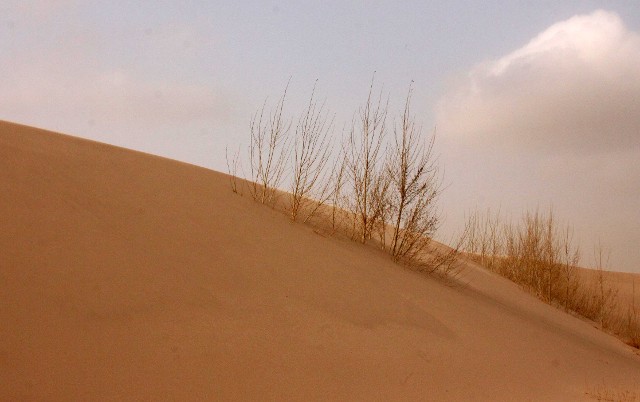
Of course our goal for the trip was to plant trees for Roots & Shoots, but the high point for me was of course the trek in to the great sand dunes of the Kulun Qi. We experienced an amazing transition between calm, cool desert to a wild sand storm that impacted the entire eastern section of China from Beijing to Shanghai and beyond.

Beautiful Kulun Qi sand dunes
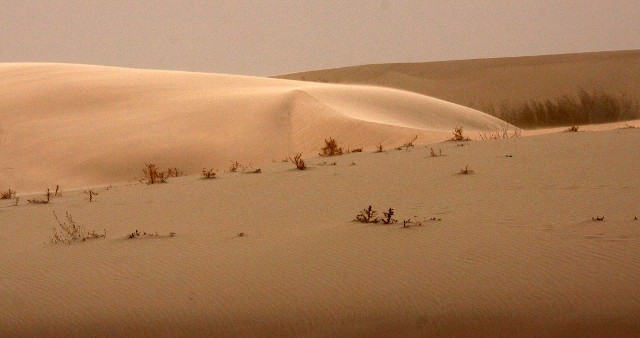
Seeing these small examples of the sand dunes of the Gobi made me want to make the journey much further west to see the main complex of dunes there.
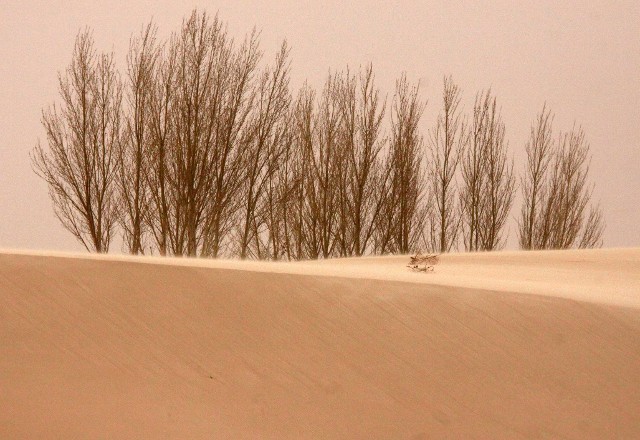
These dunes were clearly highly mobile and evidence of forest envelopment was everywhere.
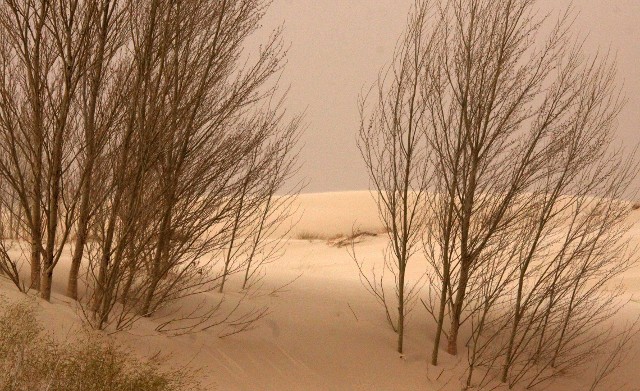
Poplars struggling to keep their canopy above the dunes!
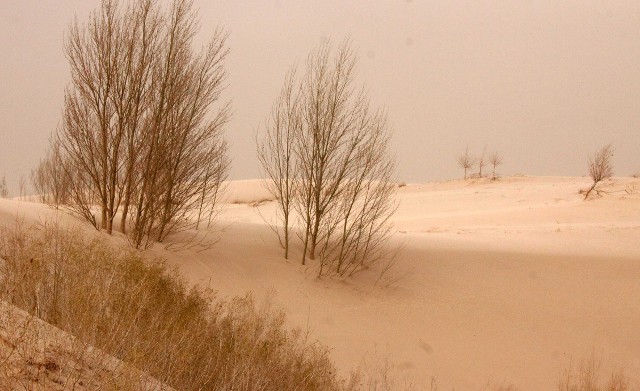
I wish I were more up on the native flora of China so I could know what was a native or not. I am thinking that these poplars were the non-native Populus simonii.
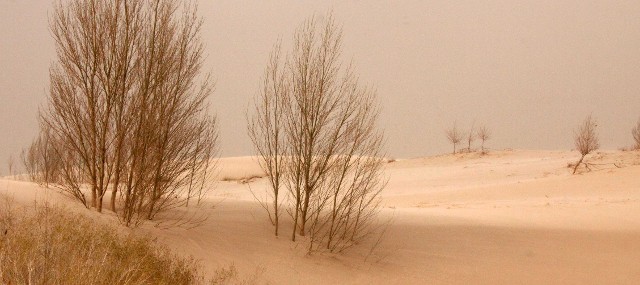
Kulun Qi desert
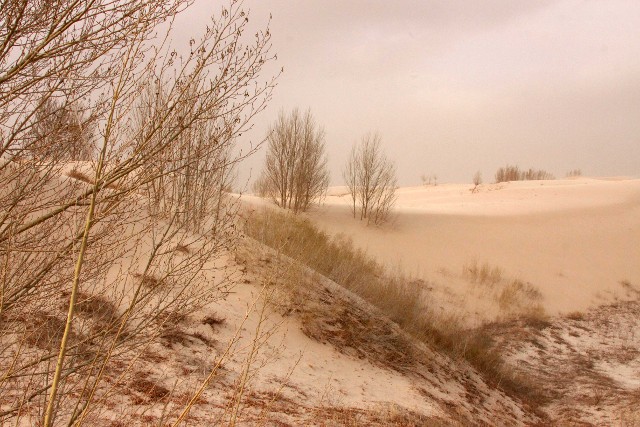
A little dune stabilization going on perhaps?
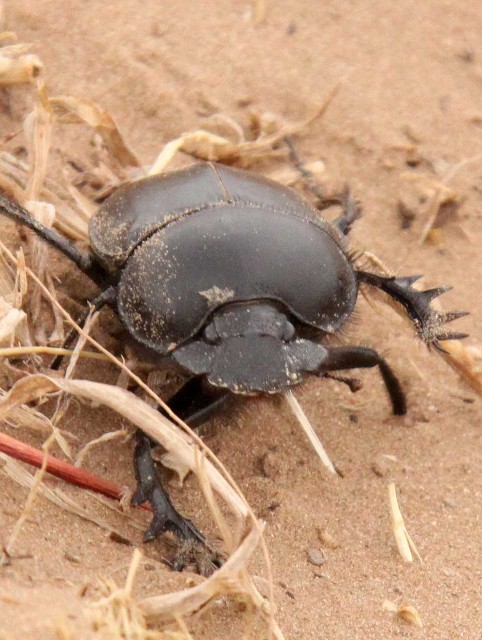
The landscape of Kulun Qi was stark to say the least. The soils were bleak and there was virtually no indication of life initially. But after spending a few days we started to see little signs of a biodiversity. This Scarabeus sacer dung beetle was found in one of our shovels at a depth of about 0.5 meters.
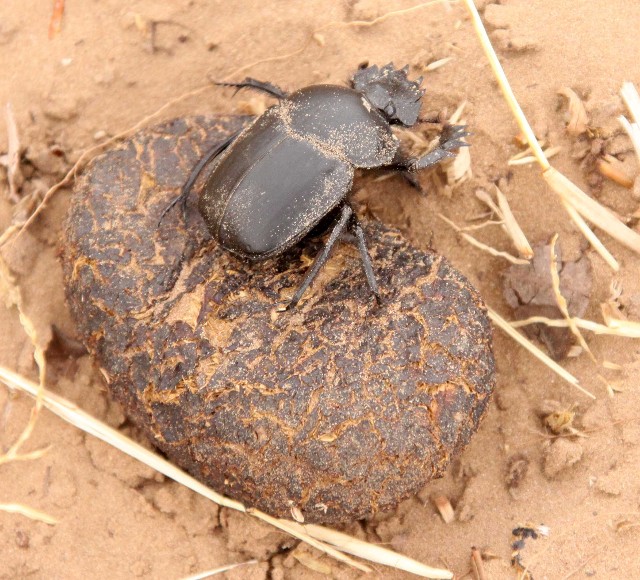
I found a chunk of dry cow dung to see if I could spark some interest from my little scarab - no such luck. No where near stinky enough for him I suppose!
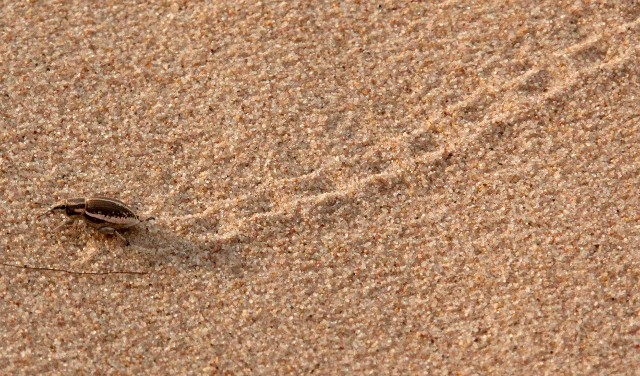
The dunes were much more vibrant and much more life was observed there. These weevils or curculionids were literally covering the dunes and the students were impressed with these little dune critters.
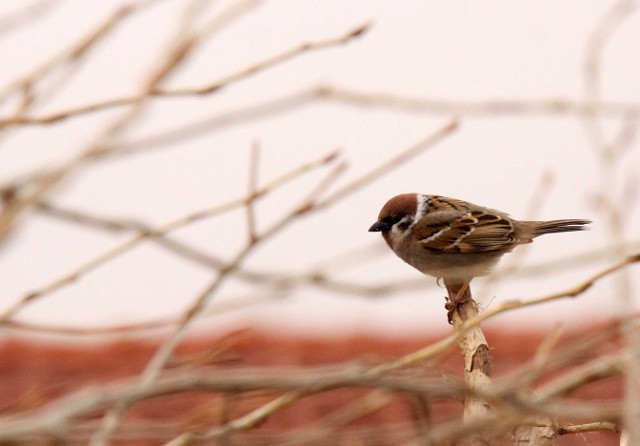
While there, I only recall seeing three bird species. The biome was just too devastated for any more than that I suppose. These Eurasian Tree Sparrows were some of the more common birds seen. And they had a more dramatic plumage than those I have seen elsewhere in China.
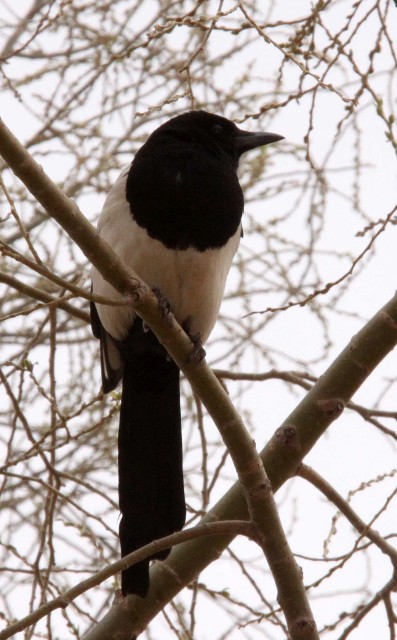
Black-billed magpies were another common species. Ring-necked or Common pheasants were the only other species seen.
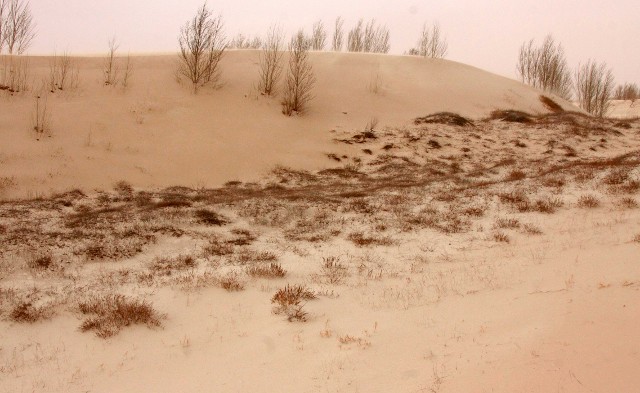
I would like to come back in the spring to see what more there is to see here.

Kulun Qi dunes!
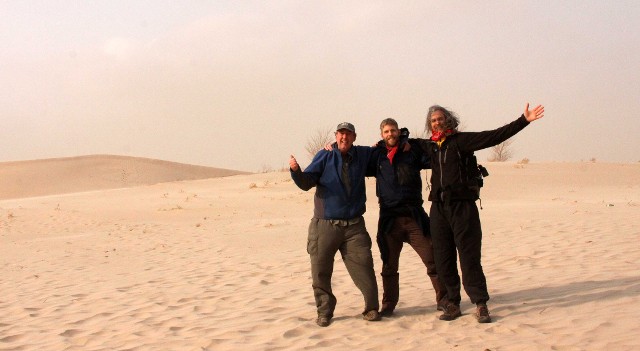
Me and my buds, John Nordmeyer & Dave Cole from SAS!

The kids loved the dune experience! The winds were wicked and the sand was stinging but they all had a blast!
Desertification
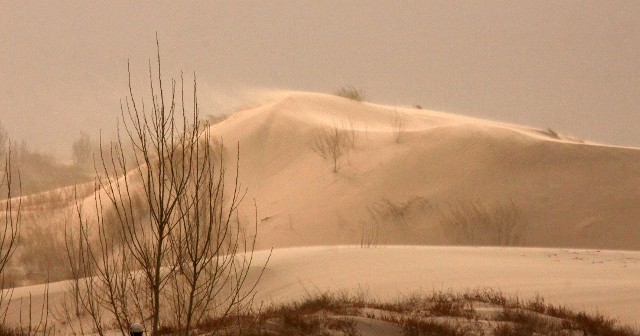
While we were there initially the desert was calm and the skies were clear. But on our last afternoon, the winds started to kick up a bit, and when we were on our dune trek, the winds got downright ugly! Before we knew it, we were in the middle of a full-blown sand storm with zero visibility!

Watching the top soil, what pathetically little there was, simply blow away to Beijing made me realize just how massive the desertification problem is in this part of China. What we were witnessing was the beginning of a 5-day sandstorm that caused havoc all over eastern China! Flights were canceled in Beijing and Shanghai suffered some of the worst air quality of the year. And we were in the nucleus of the entire region-wide ecological event!
Here is a link to an article about the event and desertification in general.
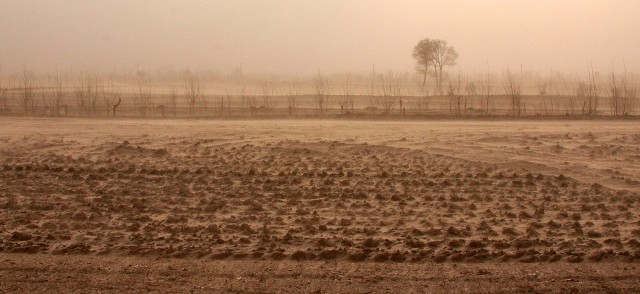
What little top soil there was simply blew away this day...One of my students said to me about the villagers that were there, "and to think, these people live in this!"

This was the last time we saw the sun this day!
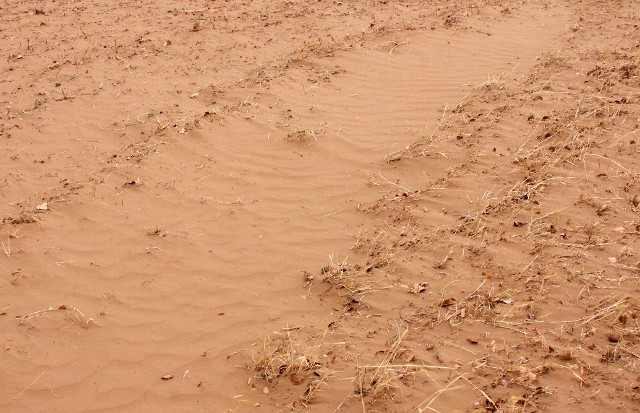
And this soil is supposed to support crops....
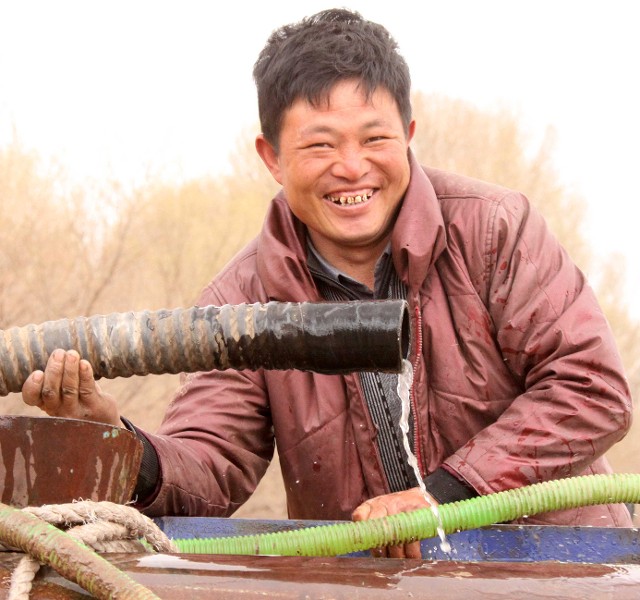
Since the trees and other crops of the region are basically planted in sand, copious amounts of water are needed. I cannot imagine what is happening to the aquifers of this region. I wonder if anyone really knows. The recharge rate must be next to zero and these folks are using truly ancient water that will no doubt soon be gone...
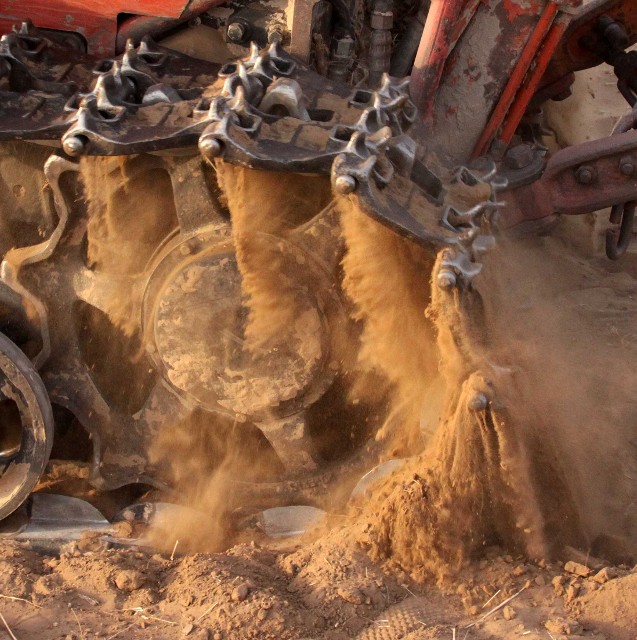
Churning up the soil!
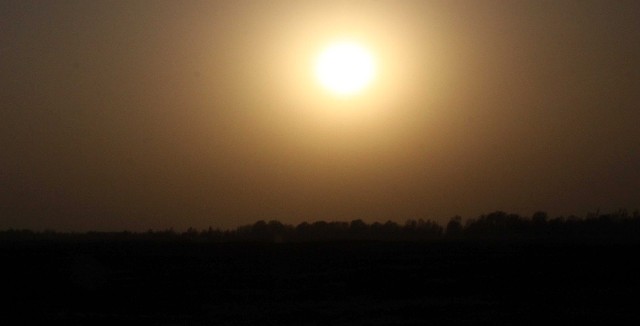
The sandstorm gave us a very early sunset this day...
Million Tree Project

Our main focus was to plant trees for Roots and Shoots and their "Million Tree Project". While on the surface it does seem to be a worthy endeavor and perhaps it is. But when I found out that the trees we were planting were a non-native poplar (Populus simonii), I started to see the first of several red flags. The idea is to plant trees that can help remediate desertification as well as sequester carbon and help restore overall ecosystem health to the region and provide jobs for local farmers. I know that on the Loess Plateau in Shaanxi province, there has been great success in the replantings there but I somehow think what is happening here in Inner Mongolia is a bit different...I honestly hope I am wrong and that things do get better for the Kulun Qi ecosystem and the people of the area.

Our team around one of our 2800 saplings planted over the three day period in Kulun Qi!
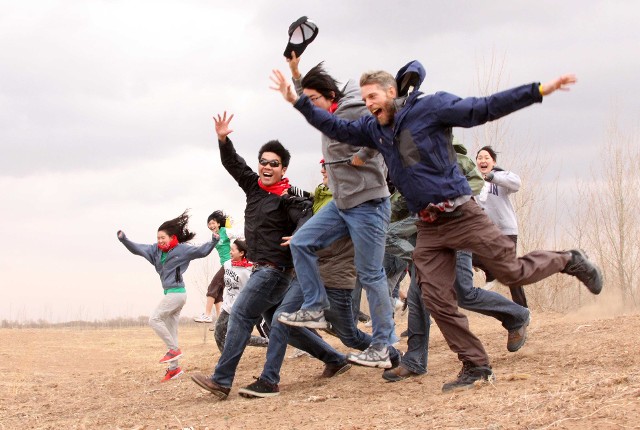
Jumping for joy! The work is done!
Here is an article that appeared in the EAGLE magazine:
What can you buy with 25 rmb?
a cup of coffee?
a couple candy bars?
a tree in Inner Mongolia!
SAS students &
teachers from both Pudong and Puxi campus joined forces for a Roots and
Shoots trip to Inner Mongolia to plant over
1800 trees purchased through the Million Tree Project. Together,
over the past year, SAS has raised money to pay for 2000 trees- 25 rmb at a time. Students sold water bottles,
rescue-paper notebooks, bamboo ornaments to raise
funds for the project. In addition to the fund raising activities at
school, SAS purchased trees to offset student
and teacher travel for the numerous school-related trips this year. SAS
families also donated funds from private
travel as well to help offset their own personal carbon footprints from trips
taken during the breaks and vacations.
On top of contributing their sweat and energy to
planting hundreds of trees, the students were able to experience a fascinating
region and culture. The trip brought SAS students to Kulun Qi, Inner
Mongolia, an extremely remote and impoverished region of one of China’s largest
provinces. Here our students sampled regional food and culture while
contributing to the aforestation component of the Roots & Shoots Million
Tree Project.
During student reflections students discussed the many
parts of the experience that effected them the most, but for the majority of
our students, the trek in to the desert was mentioned as the most memorable
experience. The day the group entered the edge of the desert, a massive
sandstorm that even impacted metropolitan Beijing started and our kids were in
the middle of it all! The effect of the grains of sand were felt by all,
and the true scope of the desertification issue was seen up front and in person
by our group.
Desertification (Luke Wang)
More and more people are now beginning to realize and
understand the process of desertification, due to the growing awareness of the
environment. However, few have in reality experienced the effect of
desertification. During the MTP 2011 Inner Mongolia Trip, we were very lucky to
get the chance to go to the sand dunes, where we were able to experience the
harsh reality of desertification. Immediately after arriving at the sand dunes,
the only two things we were able to see were sand and very limited vegetation. The
sand was flying and whipping everybody’s clothes while at the same time showing
us how this place is a result of desertification.
In the past, plants were destroyed by the encroaching
desert; as a result the top soil was no longer held down by vegetation, and it
flew away. If this process continues the place gets less fertile, and desert
starts to take over farmland. Even though there is still some vegetation on the
sand dune, the branches of those plants were crisp and dry, an obvious sign of
lack of water. Still, this vegetation and the stands of trees planted by Roots
and Shoots are the only thing standing between the desert and the people who
live nearby.
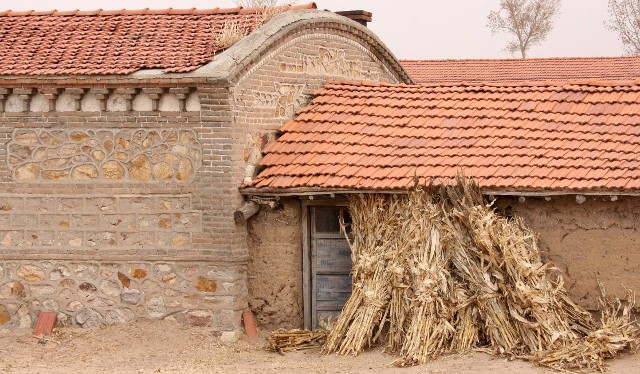
The village that to this day still remains nameless to me. I found the structures and architecture of the region to be attractive and unique.
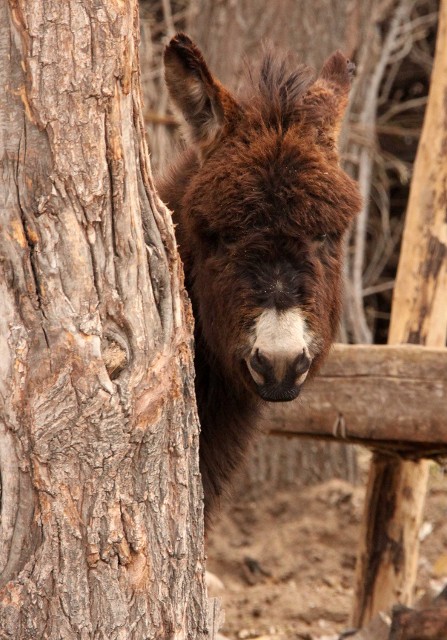
Hello!
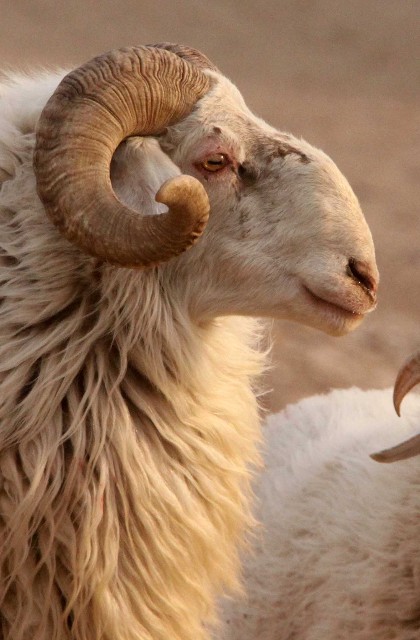
Another one of the main mechanisms for all this desertification - grazing sheep!
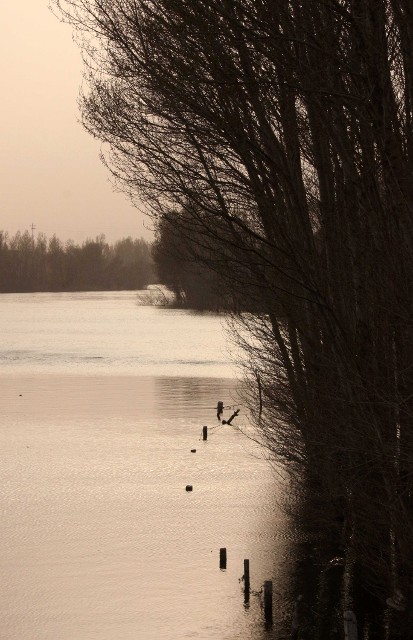
A village located only 1
kilometer away from the dunes seemed empty and windswept. On our way back we
were engulfed in a growing sandstorm which we later read was felt in
Beijing. We only saw a few people and small herds of animals rushing to
take shelter from the abrasive, dusty wind.
Our walk on the sand dunes gave us a first-hand view of
desertification, and it gave us some insight into how people try to survive in
those areas. Desertification will not stop overnight, but as more people become
aware of what it is, and truly understand its effect, less land will be turned
in to deserts.
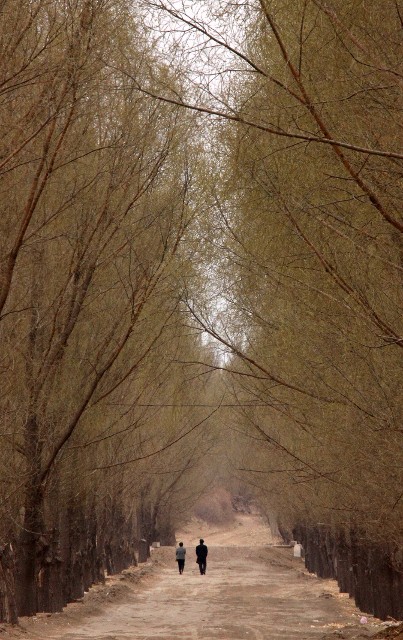
The scenes and people of the region were spectacular. I have made a commitment to return to Inner Mongolia for a much more in depth experience there someday.
The trees planted were of the species, Populus
simonii, a poplar species known for being a fast growing three that would
help stem the effects of desertification quicker than most species. The
tree is also very hardy and able to handle the harsh environmental conditions
of Inner Mongolia. While in the region, the students visited a grove
planted last year by SAS kids to see that the trees had over doubled in size.
While on site, the students were also introduced to some
of the resident fauna. Some of the more interesting critters seen in the
desert were rare dung beetles and dune weevils! Students enjoyed learning
about their ecology and natural history while seeing them in “the wild”.
Tongliao Town Minority School Visit
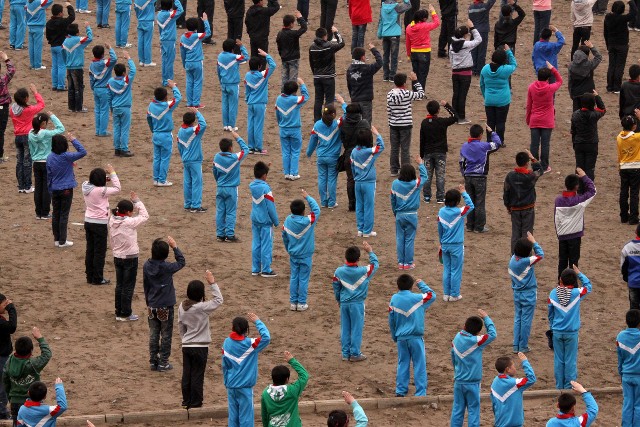
One of the things that SAS likes to do when visiting rural communities is to perform some community service. We were very fortunate to be able to join a local Mongolian minority school in a nearby town to teach the students about environmentalism and western education.

Morning exercise!
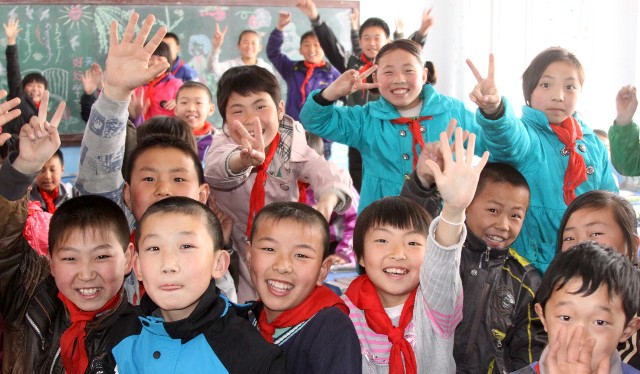
I live it! Kids are goofy pretty much everywhere!

I loved seeing the excitement in their eyes.
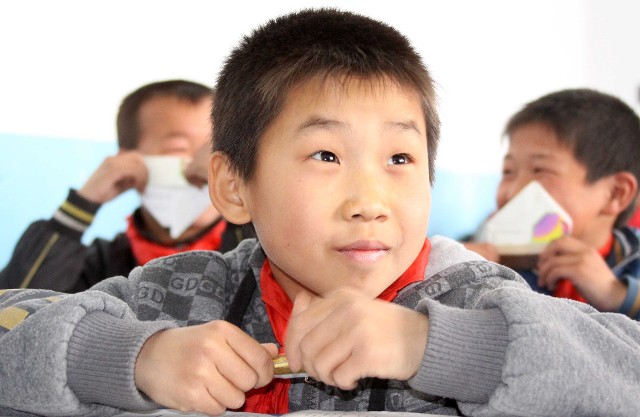
Hello!
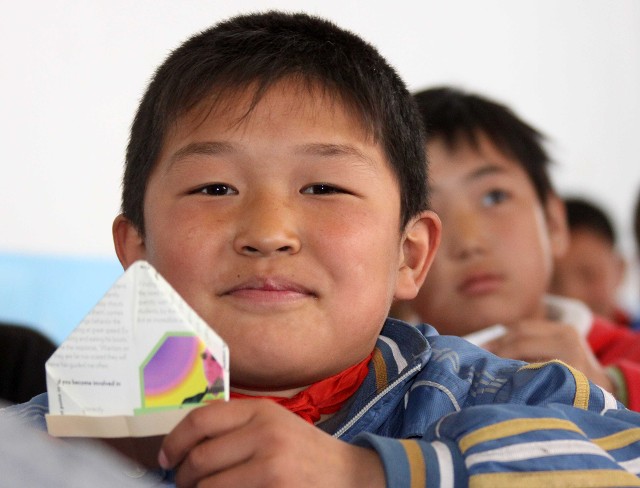
Proud of his accomplishment, no doubt.
Please check out our PBase site for more images of Kulun Qi!
